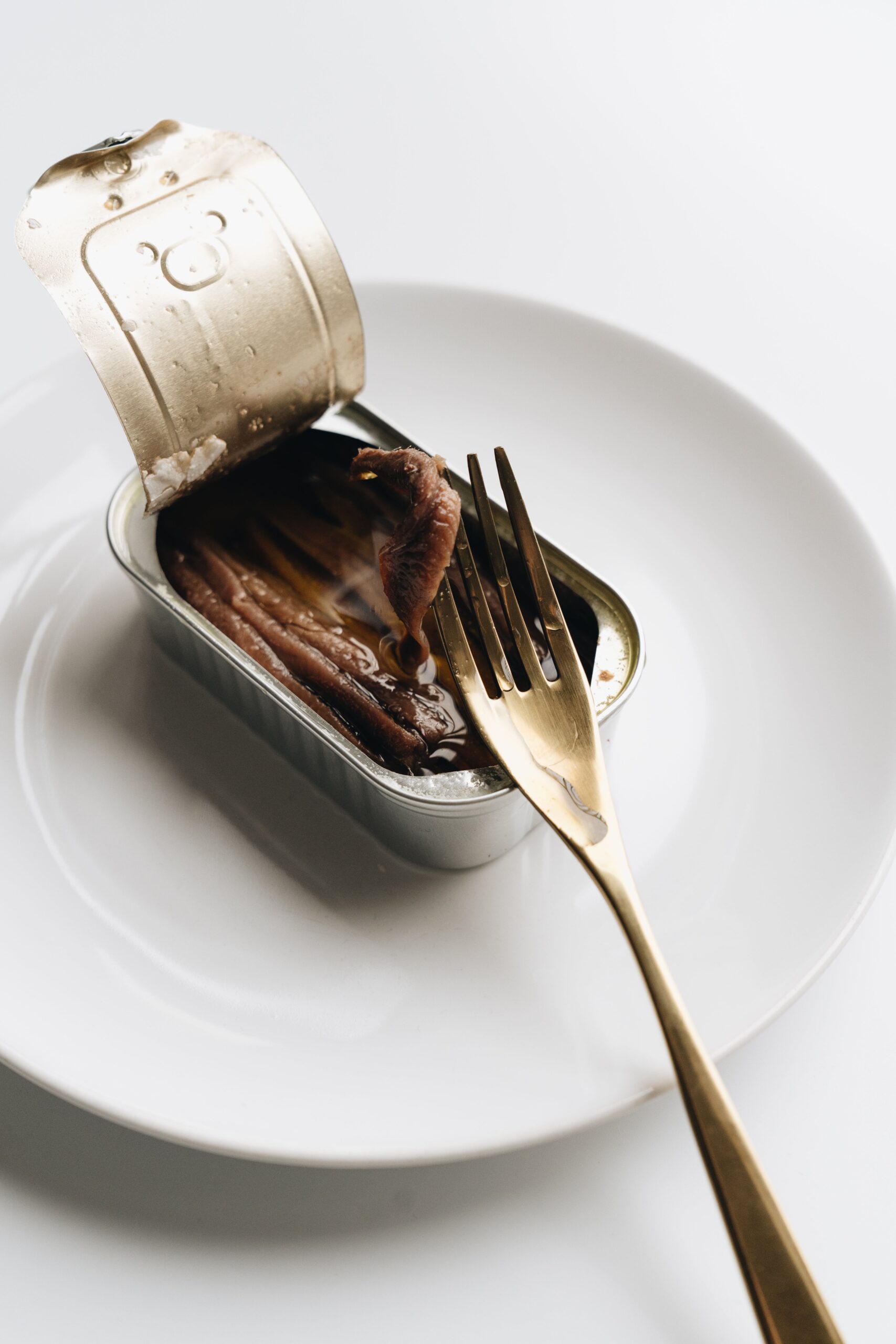
Anchovies are small, oily fish that can be found in many kitchens worldwide. They play a pivotal role in countless recipes. They lend a savory flavor, often described as “umami,” to various dishes. But what happens when you’re fresh out of anchovy filets? Or perhaps, you’re looking for a vegan alternative? Here’s a comprehensive guide to anchovy paste substitutes and more.
What is Anchovy
An anchovy is a small, oily fish commonly found in the Mediterranean and off the coasts of Southeast Asia. They are often preserved in salt and used in various cuisines to add a salty and umami flavor to dishes. They can be consumed whole, filleted, or as a paste.
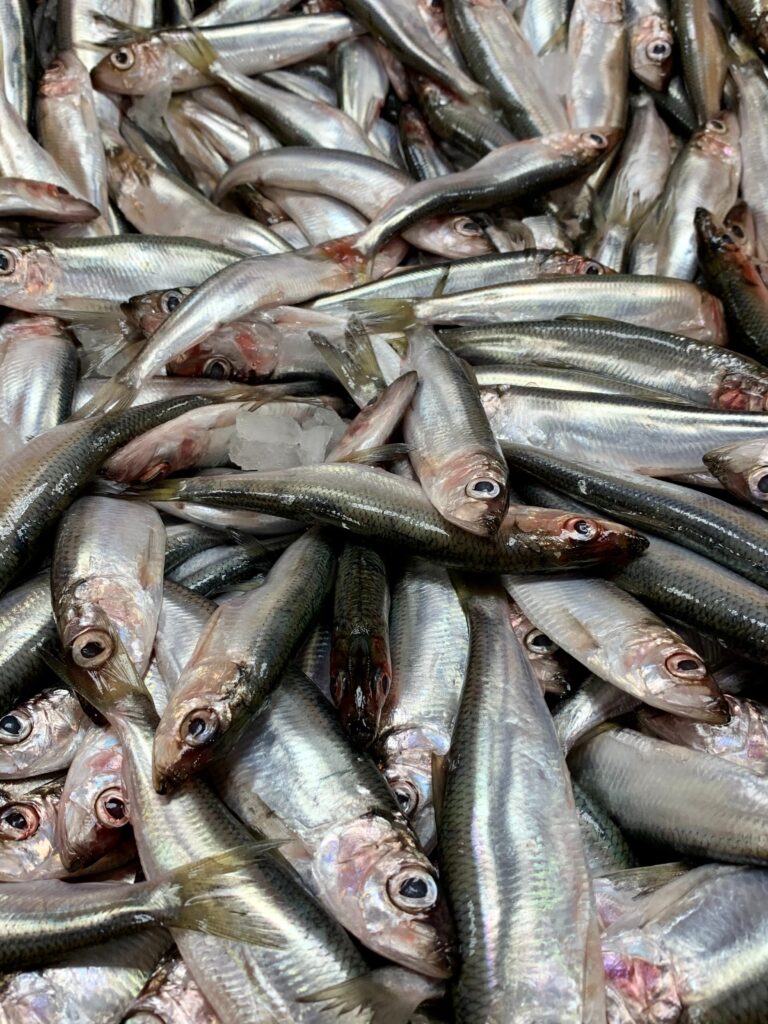
How to Store Anchovy
Anchovies should be stored in their original oil or brine in an airtight container in the refrigerator. If you have fresh anchovies, keep them in a shallow dish in the coldest part of the fridge. Consume fresh anchovies within a day or two. For longer storage, consider freezing them.
Anchovy Paste vs. Anchovy Filet
Before diving into the substitutes, let’s address a frequently asked question. What’s the difference between anchovy paste and anchovy filet? Anchovy paste is simply anchovies ground into a paste, mixed with a bit of salt and sometimes oil. It’s the concentrated essence of the fish, delivering a strong taste and flavor.
Anchovy Flavour Pairings
Anchovies have a distinctive salty and umami-rich flavor. This makes them a versatile ingredient that can enhance and complement a variety of flavors in dishes. Here are some classic and creative flavor pairings with anchovies:
- Garlic: Anchovies and garlic are often sautéed together as the foundation for many sauces and pasta dishes.
- Lemon: The acidity of lemon juice or zest can balance out the saltiness of anchovies, especially in dressings and seafood dishes.
- Tomato: Whether in pasta sauces, salads, or pizzas, the umami from anchovies enhances the natural sweetness of tomatoes.
- Parsley: This herb, with its fresh and slightly peppery taste, contrasts nicely with the deep flavor of anchovies.
- Chili: A little heat from red chili peppers or chili pepper flakes can play well against the salty depth of anchovies.
- Olive Oil: Anchovies often dissolve into warm olive oil, creating a flavorful base for many Mediterranean dishes.
- Parmesan Cheese: Especially in Caesar salad, the salty and savory notes of both the cheese and anchovies complement each other.
- Capers: Often found together in puttanesca sauce, the brininess of capers and anchovies makes a delightful pairing.
- Egg: Anchovies can be layered on egg dishes, such as in a Nicoise salad or on top of a soft-boiled egg.
- Potatoes: Anchovies can be melted into dishes like potato gratin to add a layer of umami.
- Bread: Anchovies on toasted bread, like sourdough with a bit of butter or olive oil is a simple yet delicious treat.
- Vinegar: In dressings or marinades, the acidity of vinegar can balance the saltiness of anchovies.
- Olives: Another common partner, especially in Mediterranean cuisine. Olives and anchovies both contribute a salty punch.
- Red Wine: A robust red wine can stand up to and complement the bold flavors of a dish seasoned with anchovies.
When experimenting with anchovies in your cooking, consider these pairings as a starting point. Then, adjust according to your palate and the specific demands of the dish. The depth and umami anchovies add can elevate a wide range of recipes.
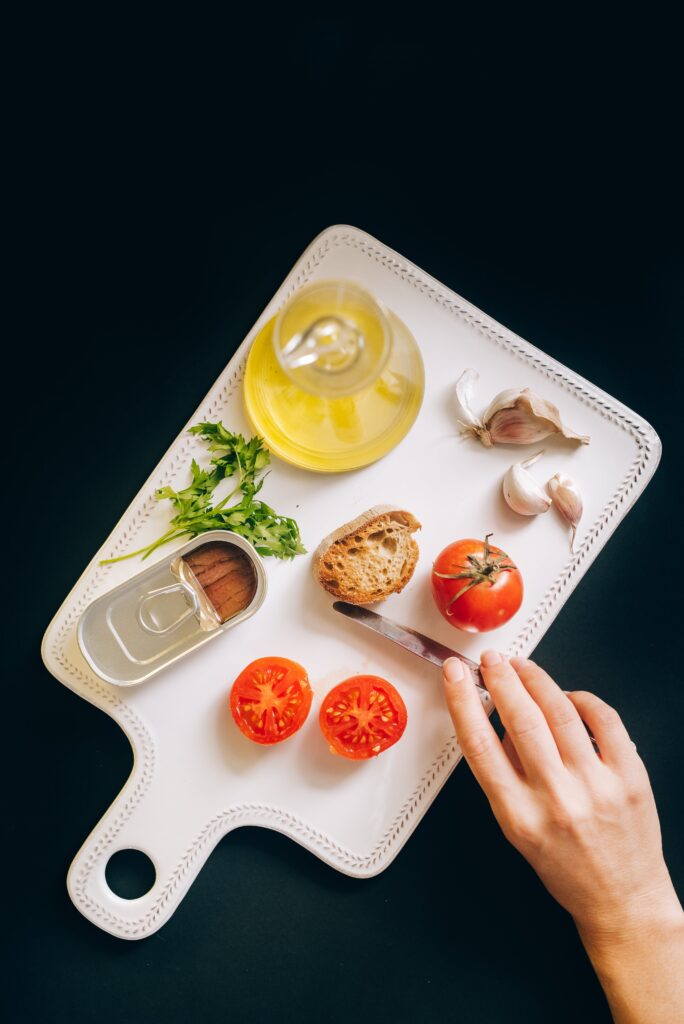
The Top Anchovy Substitutes
Fish Sauce
This is an excellent substitute for anchovies. Especially in Asian dishes. It’s made from fermented fish and salt. It can mimic the salty and umami flavor of anchovies.
Soy Sauce
Though it doesn’t have the fishy taste of anchovies, soy sauce can add the salty and savory essence required in many recipes.
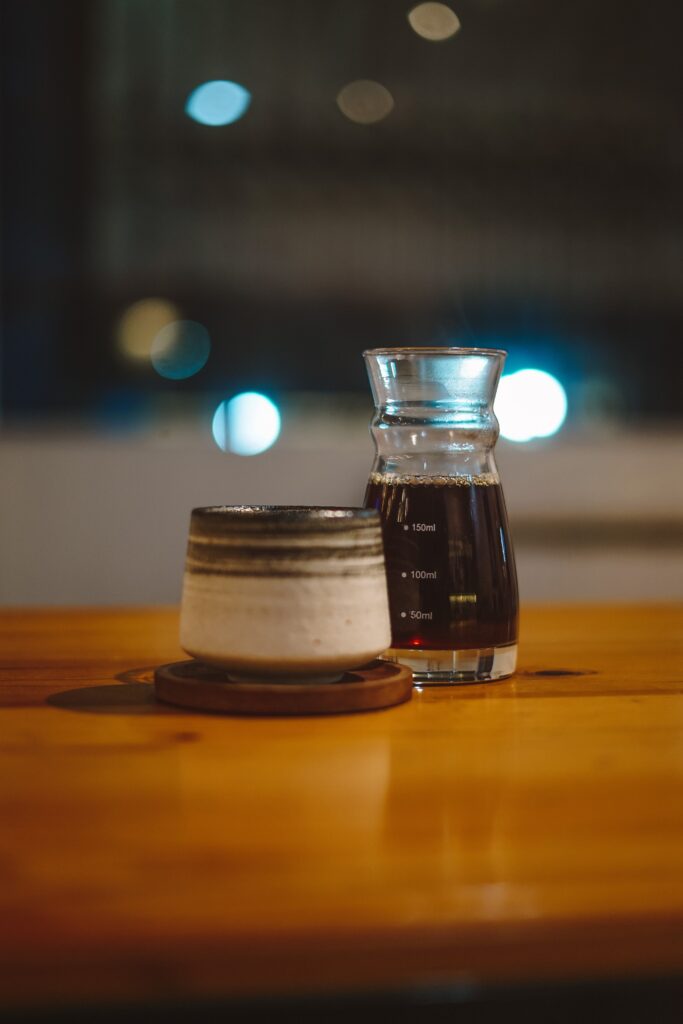
Worcestershire Sauce
Surprisingly, this sauce actually contains anchovies! But it’s a good substitute when you don’t have the fish or paste on hand.
Miso Paste
Miso, a fermented soybean paste, offers a salty and umami flavor profile. It’s ideal for vegan dishes and can be used in salad dressings, like a Caesar dressing.
Kalamata Olives
These olives, especially when mashed, can replace the saltiness of anchovies in dishes. Think of a Caesar salad where you can incorporate mashed olives into the dressing.
Shrimp Paste
Common in Southeast Asian recipes, shrimp paste has a strong fishy flavor, similar to anchovies.
Capers
They’re briny and can introduce a salty taste, which can make them an excellent anchovy substitute in recipes like salad dressing.
Dried Mushrooms
These can be ground into a powder and used to give an umami flavor to dishes, especially for those looking for a vegan alternative.
Enhancing the Flavor Profile of Your Anchovy Substitutes
To match the taste of anchovies, consider using the following ingredients to match the flavor profile of anchovies in your recipes:
a) Lemon Juice: It can add a bit of tang to balance out the saltiness.
b) Salt: If the substitute you’re using isn’t as salty as anchovy or anchovy paste, a pinch of salt can restore the balance.
c) Umami Boosters: Think miso, soy, or Worcestershire sauce, and dried mushrooms. They can be added in small amounts to elevate the umami flavor.
How to Choose the Right Substitute for Anchovies and Factors to Consider
Choosing the right substitute for anchovies requires careful consideration to ensure the dish’s intended flavor and texture remain intact. Here are factors to consider:
- Flavor Profile: Anchovies impart a unique salty, briny, and umami flavor. Your substitute should at least come close to this profile or add a complementary flavor to the dish.
- Dish Context: Consider the role of anchovies in the dish. Are they a main component or just a background flavor? For instance, in Caesar dressing, anchovies are pivotal, but in a stew, they might be more subtle.
- Texture: Anchovies can be paste-like, finely chopped, or left in larger pieces depending on the recipe. If texture matters, choose a substitute that aligns with the desired consistency.
- Sodium Level: Anchovies are naturally salty. If your substitute isn’t as salty, you might need to adjust the salt content in your dish, and vice versa.
- Vegetarian or Vegan Needs: Some people avoid anchovies for dietary or ethical reasons. Ensure your substitute aligns with these preferences. For example, capers or olives could be a good vegan option, while fish sauce would not.
- Availability: Choose a substitute that is easily accessible to you. There’s no point in picking an alternative that’s just as hard to find as the original ingredient.
- Cooking Properties: Some substitutes might react differently to heat or other ingredients. For instance, while anchovy paste might dissolve seamlessly into a sauce, whole olives or capers will not.
Ultimately, the best substitute will depend on the specific recipe and your personal preferences.
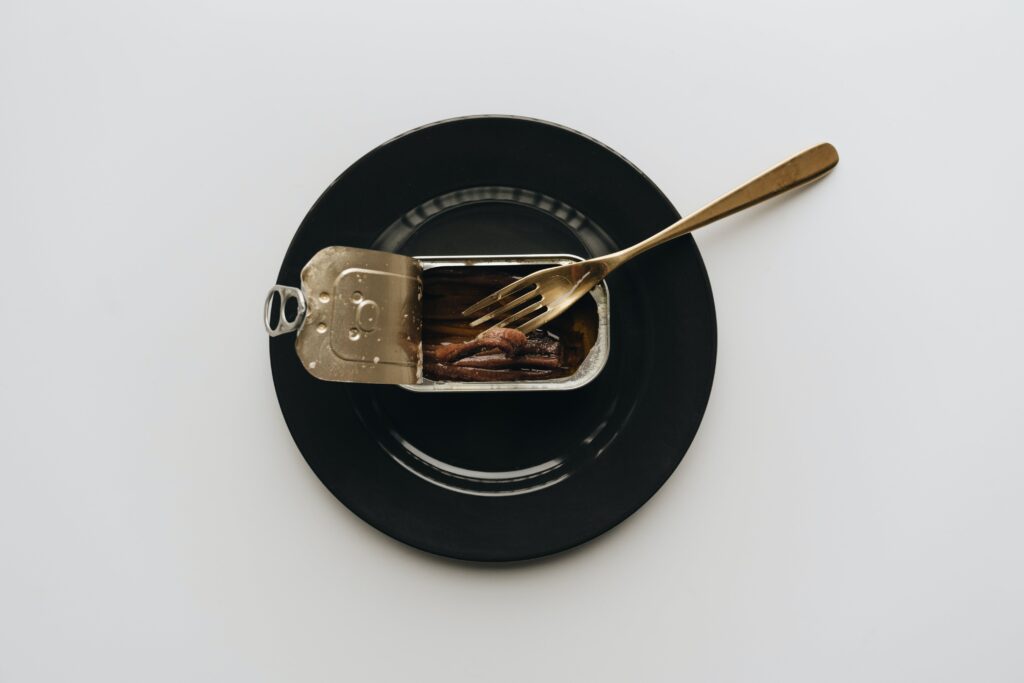
How to Make Your Own Anchovy Paste
Making your own anchovy paste at home is straightforward and allows you to control the ingredients and texture. Here’s how to create a simple anchovy paste:
Ingredients for Homemade Anchovy Paste
- 1 cup of anchovy fillets (usually found in jars or cans, packed in oil or salt)
- 1-2 garlic cloves (optional, for added flavor)
- Olive oil (as needed for consistency)
- Lemon juice (optional, for a touch of acidity)
- Salt (if needed, but be cautious as anchovies are naturally salty)
How to Make Homemade Anchovy Paste
- Preparation:
- If your anchovies are packed in salt, rinse them thoroughly under cold water to remove excess salt. Pat them dry with paper towels.
- If they are packed in oil, drain the oil, but keep it on the side. It can be used later if needed.
- Blending:
- In a food processor or using a mortar and pestle, combine the anchovies and garlic (if using). Process or grind until a smooth paste starts to form.
- Slowly drizzle in olive oil (or the reserved oil from the anchovies) and continue processing until you reach your desired consistency. If you prefer a thicker paste, use less oil; for a thinner paste, add more.
- Seasoning:
- Taste the paste. If you’re using lemon juice, add it now for a touch of acidity. Be very cautious if you’re considering adding salt, as the paste may already be quite salty from the anchovies themselves.
- Storage:
- Transfer the paste to a clean jar or an airtight container. If you want to preserve its freshness, you can pour a thin layer of olive oil on top to seal it from the air.
- Store the anchovy paste in the refrigerator. It should last for up to 2 weeks.
Your homemade anchovy paste is ready to be used in various dishes. From pasta sauces to dressings or even as a spread on toast. The advantage of making your own paste is the ability to adjust its consistency and flavor profile according to your preferences.
Final Thoughts
Whether you’re trying to make a Caesar salad without anchovy filets or you’re searching for an anchovy paste substitute for another dish, there are plenty of options available. Remember, the goal is to replicate the savory, salty, and umami notes anchovies offer. Experiment with the substitutes and see which one tickles your palate the most!

Christopher is a food and lifestyle expert, recipe developer and the content creator behind May Eighty Five. With years of experience in the kitchen, he also shares tips, tricks and how to’s that he has learnt over the years. Every week, he shares quick, simple and mostly healthy recipes along with some home and entertaining tips. You will find flavorful cocktails, delicious appetizers, tasty mains and some indulgent desserts. As a home decor enthusiast, he also likes to share simple DIY projects and simple tips for a beautiful home.


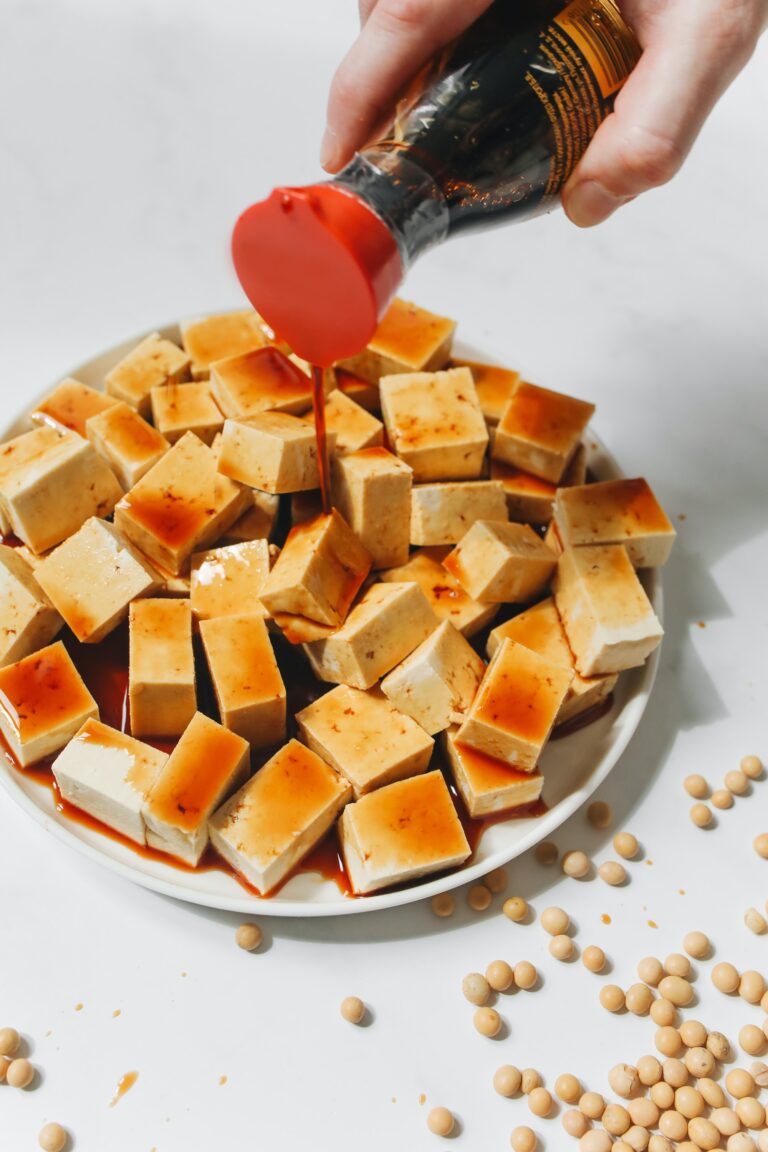
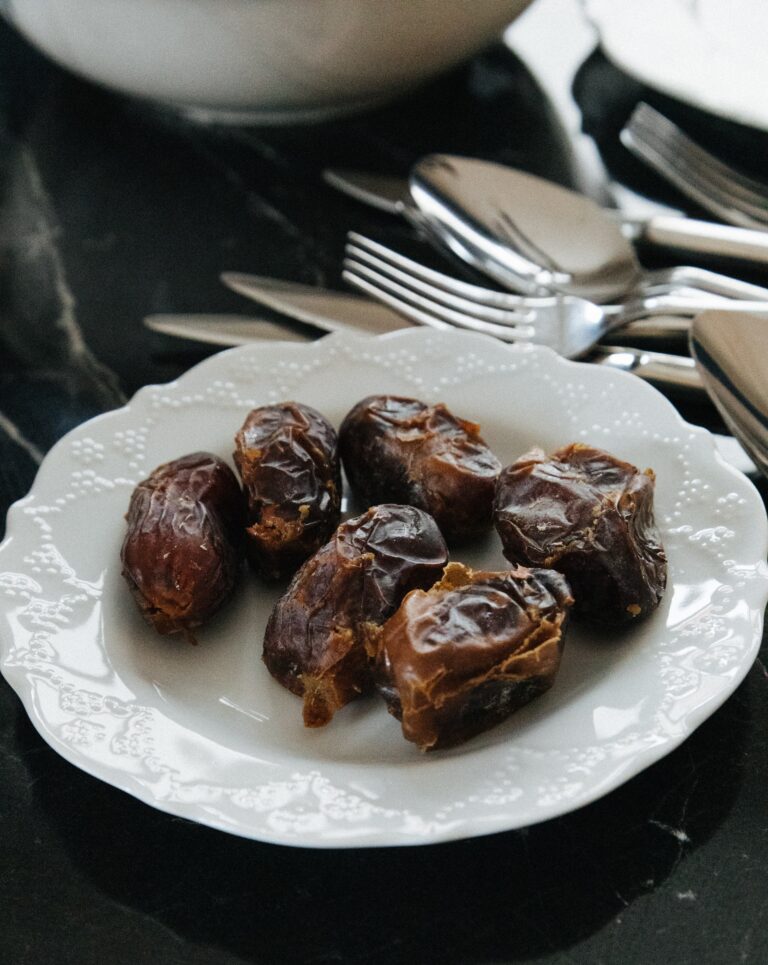
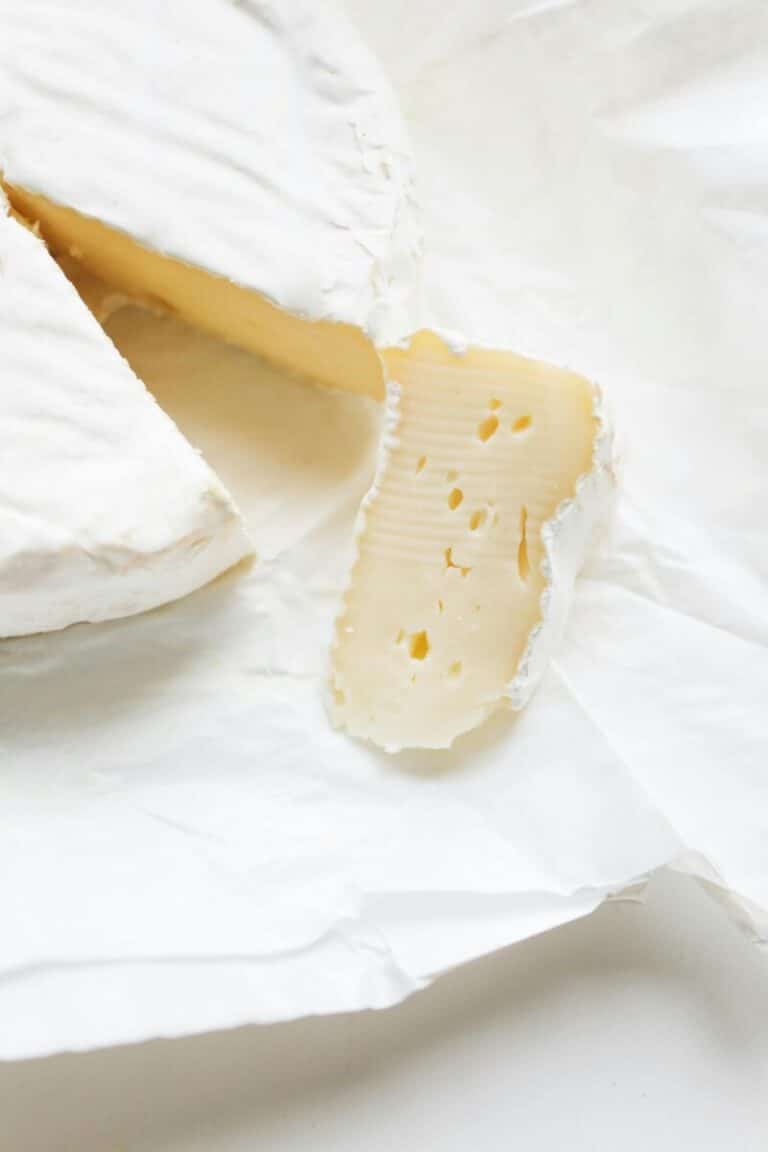

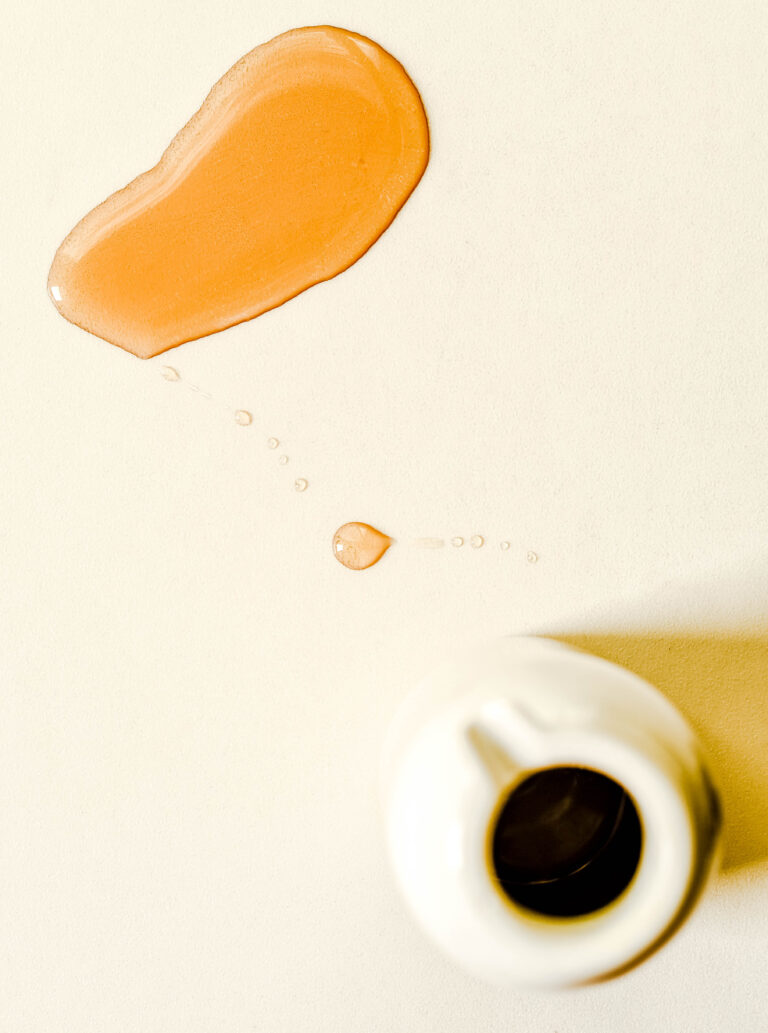
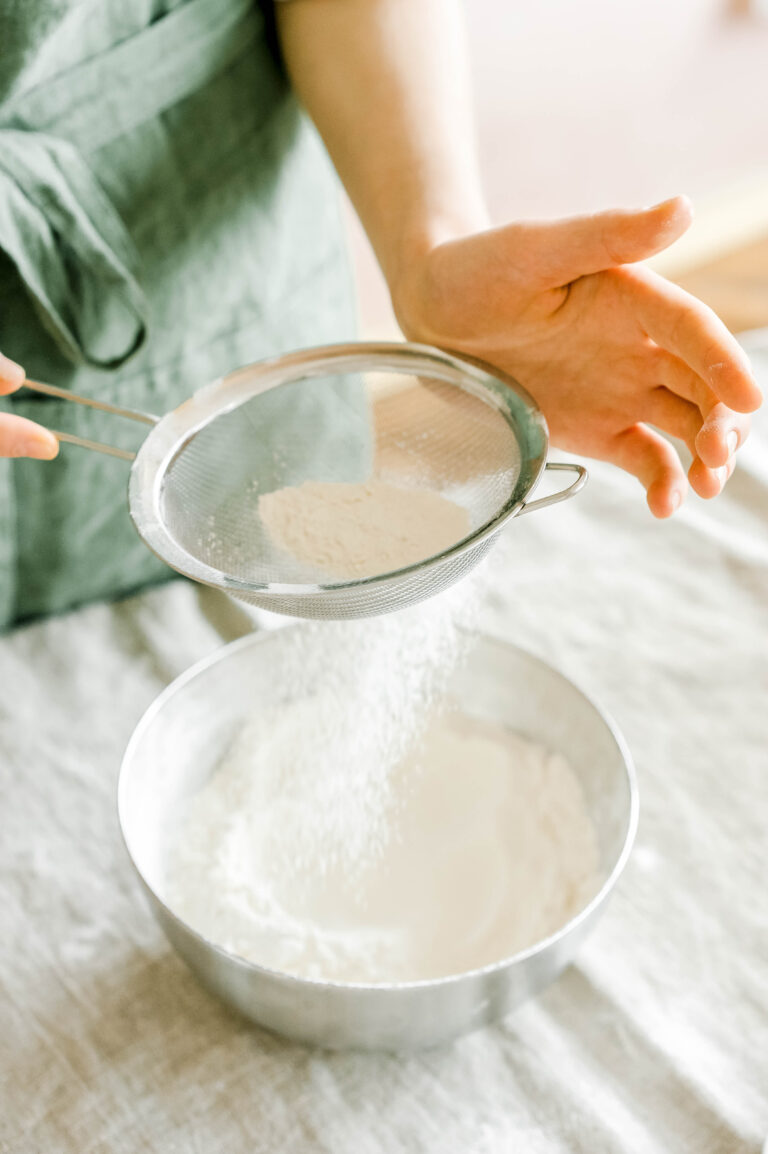
3 Comments